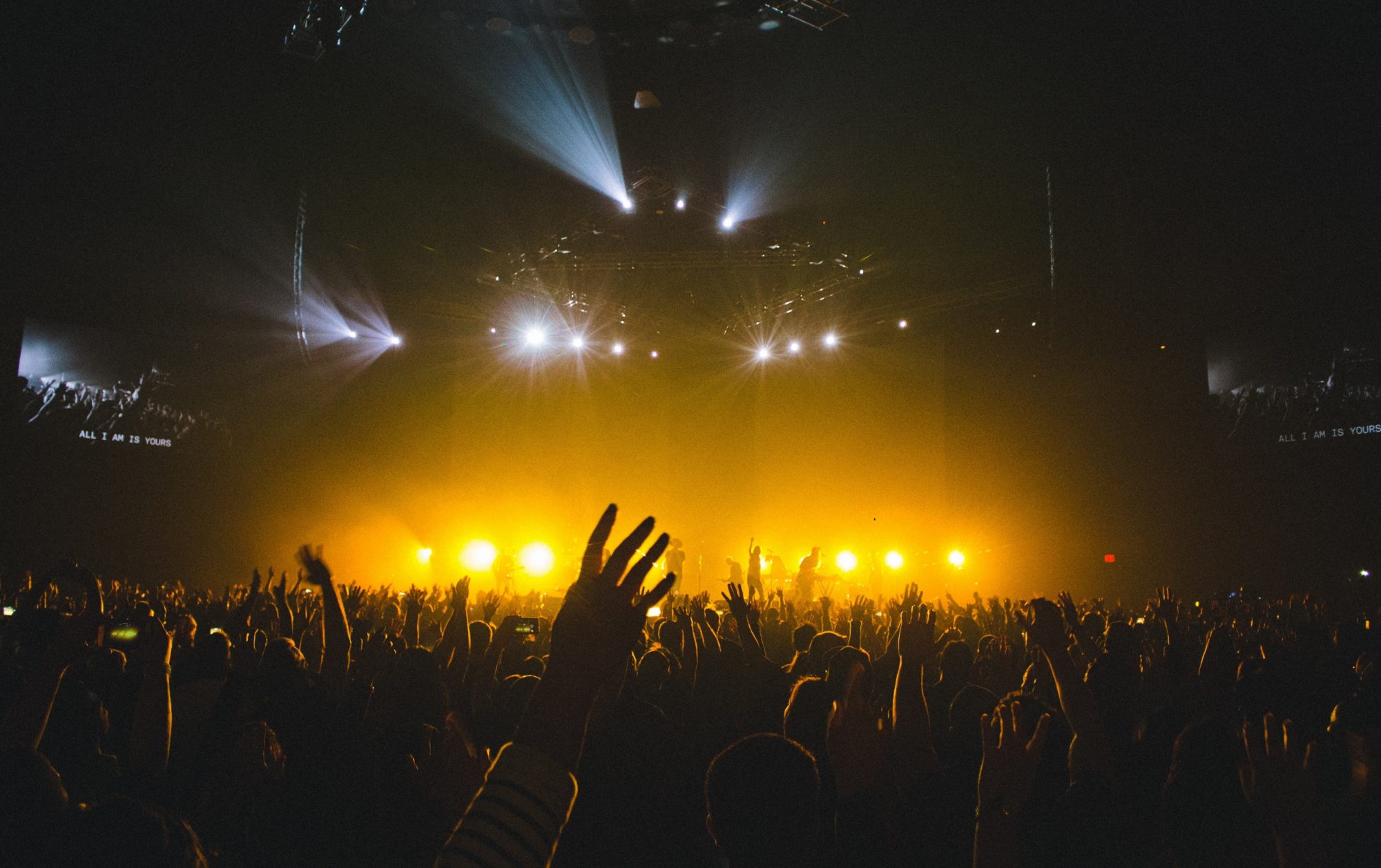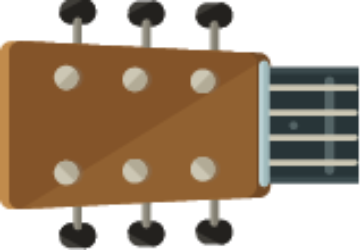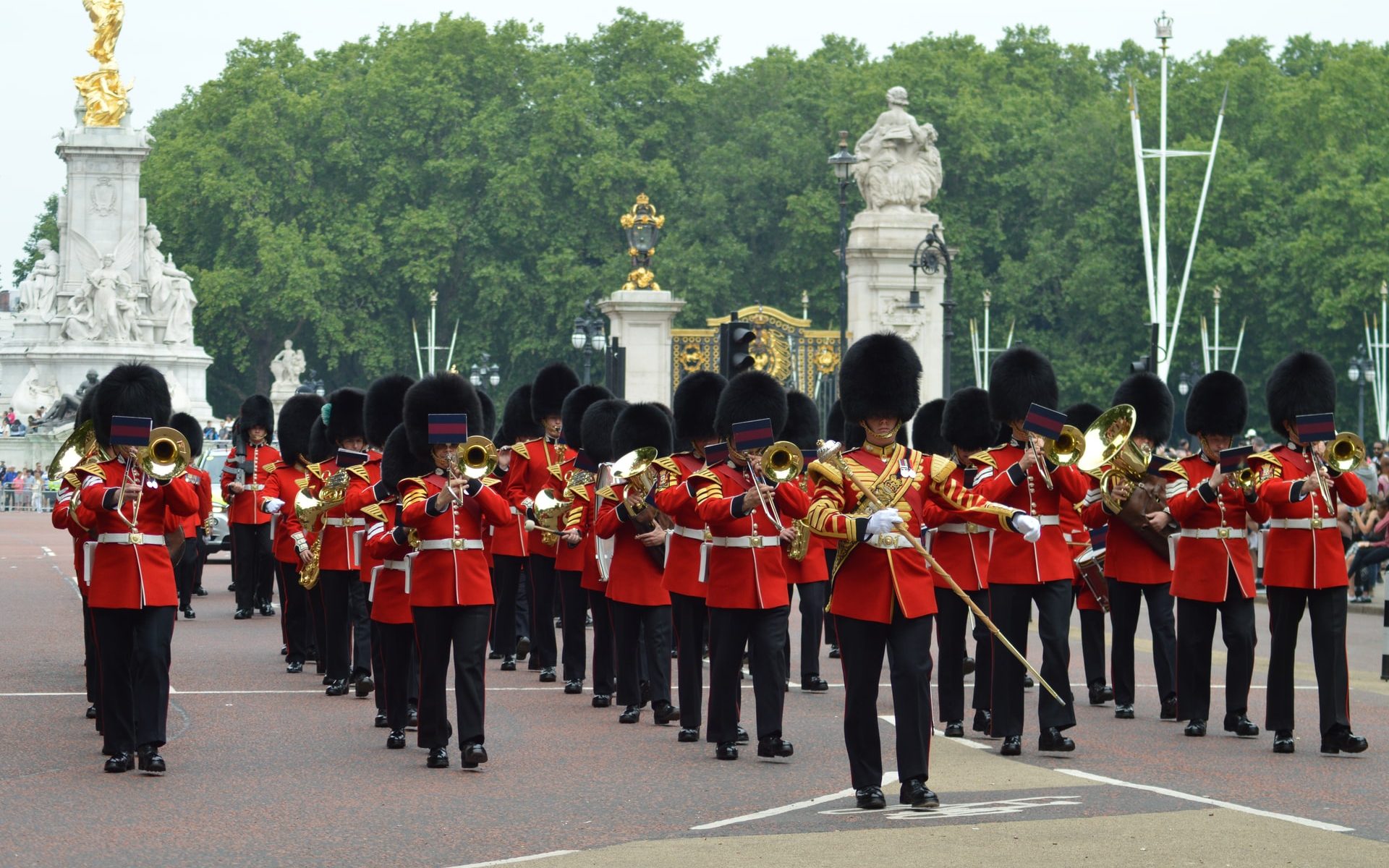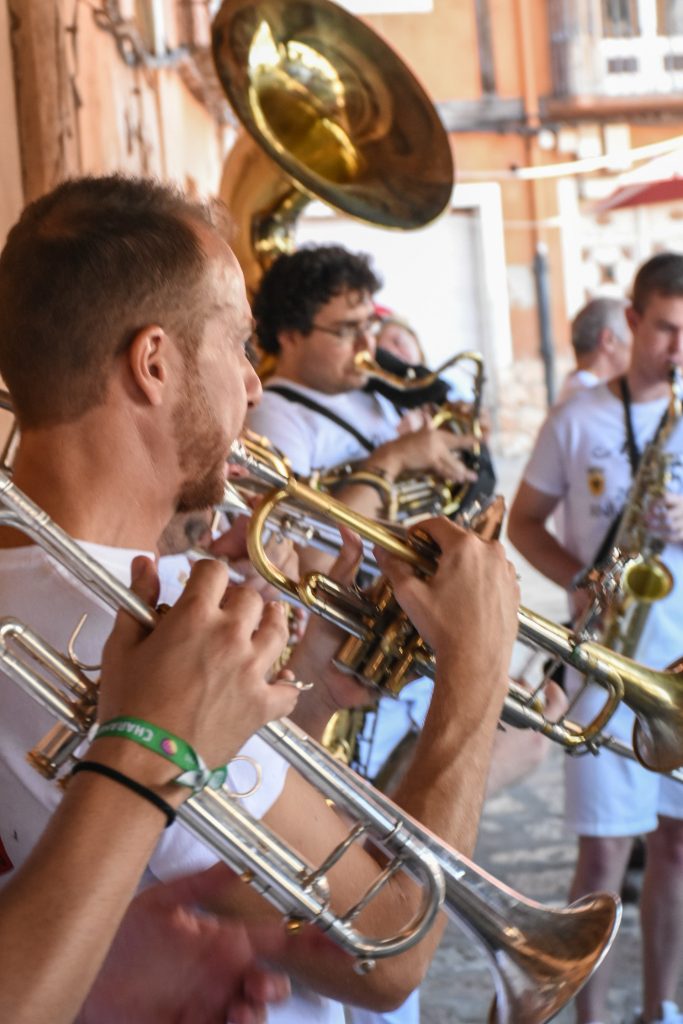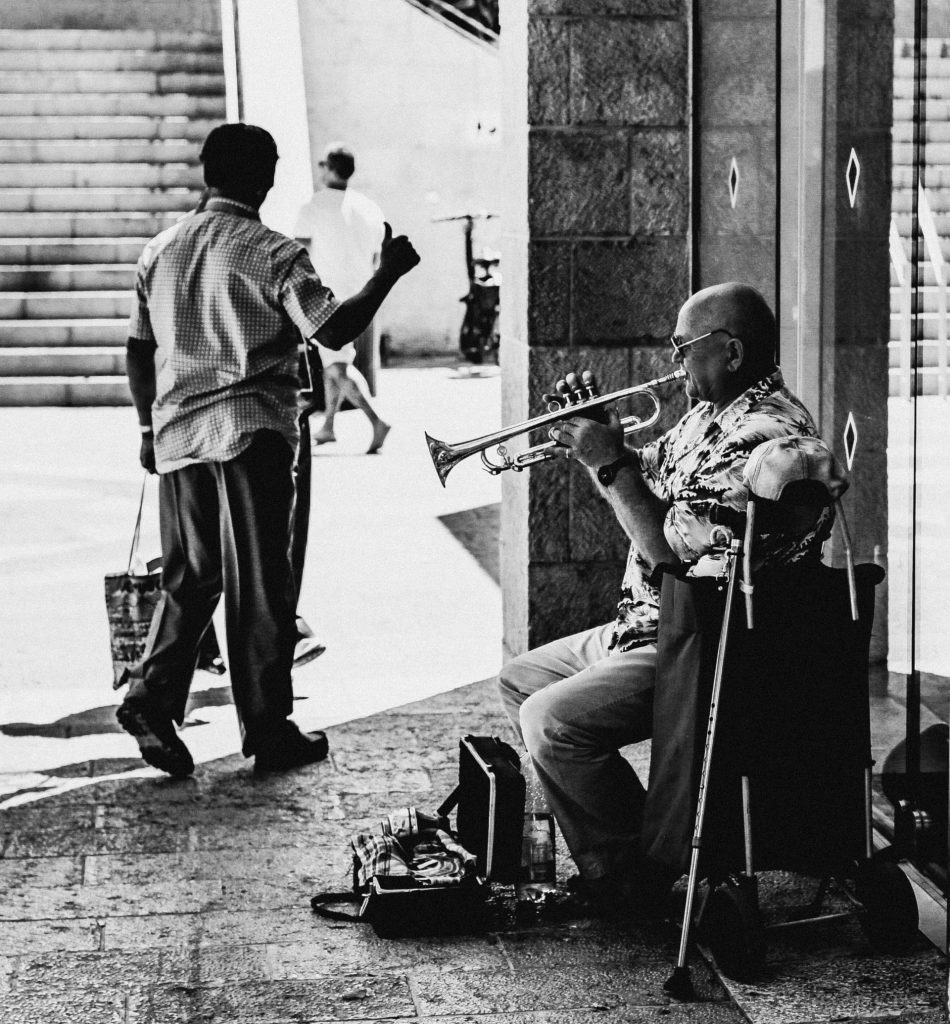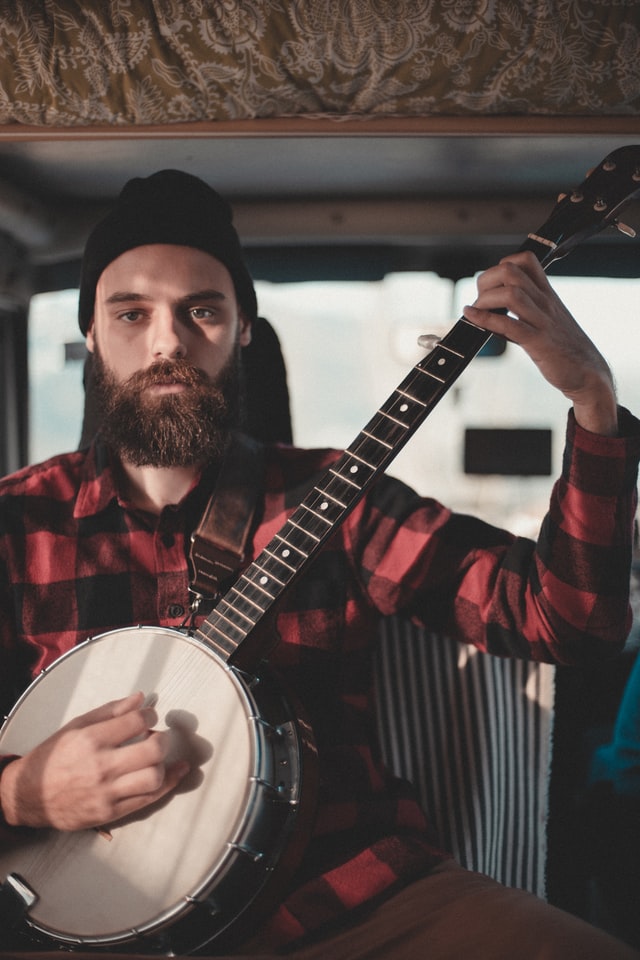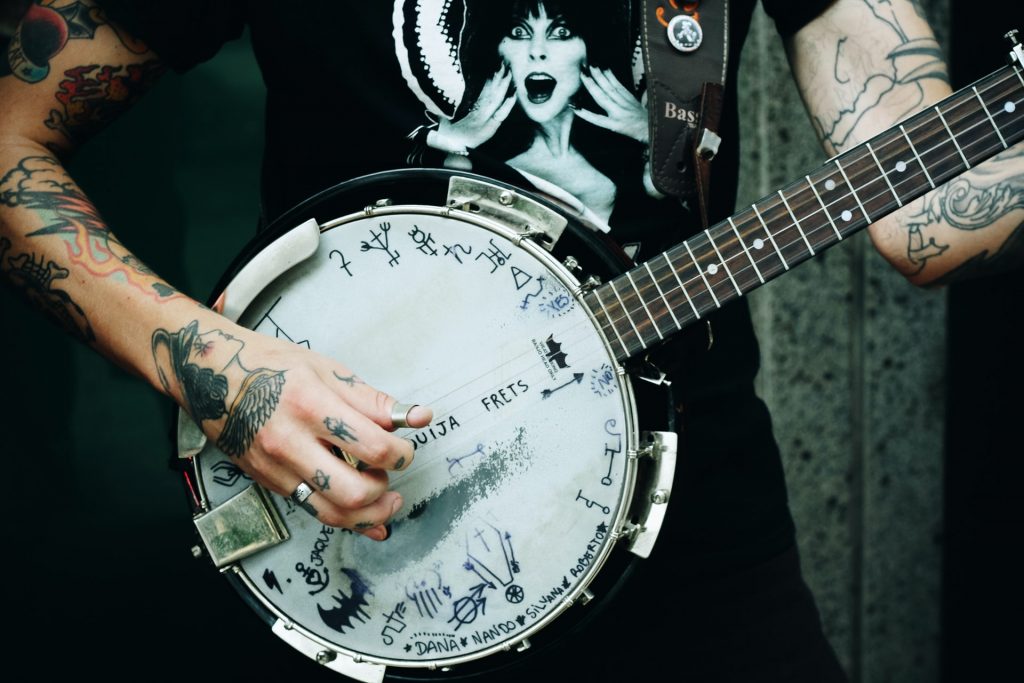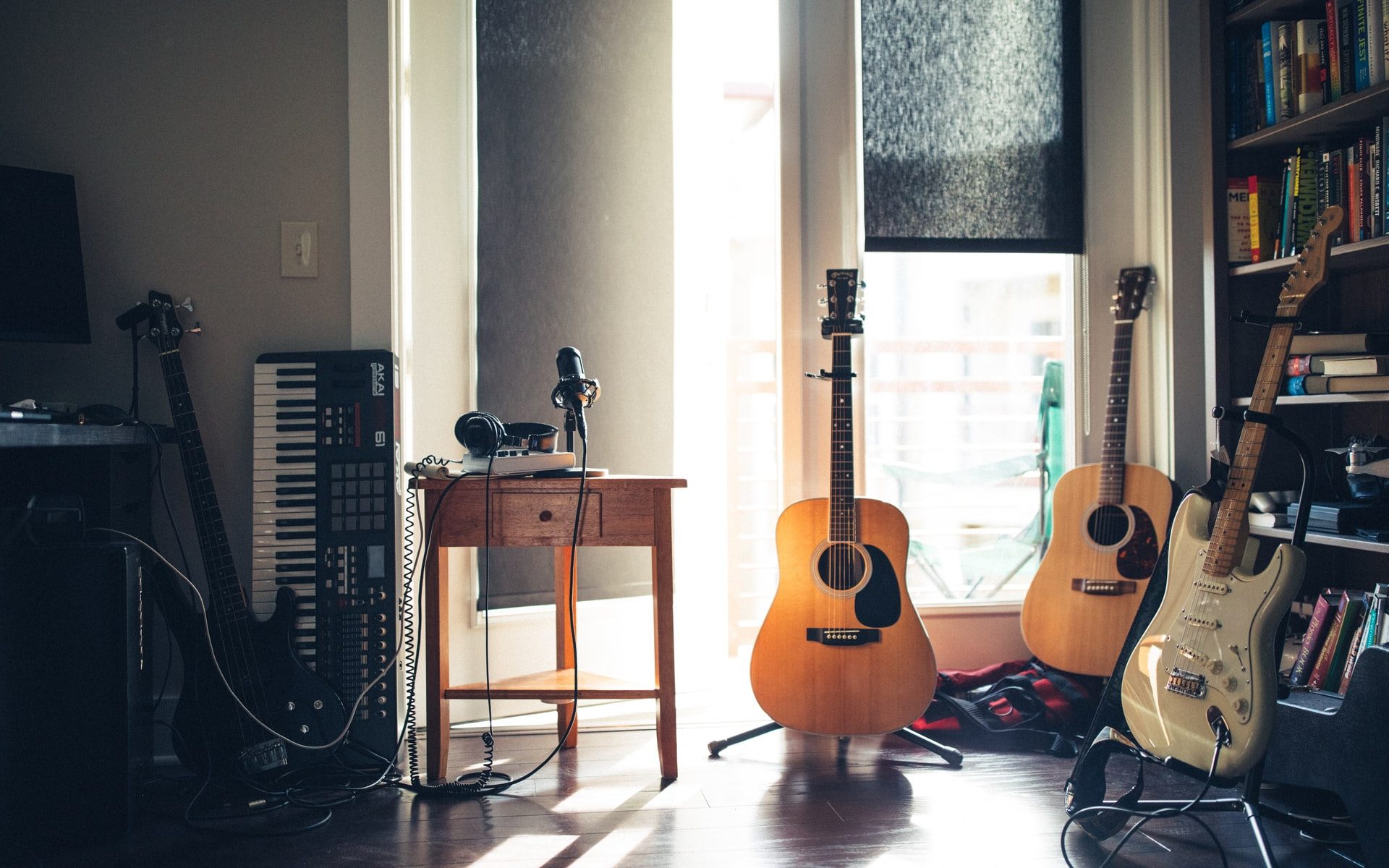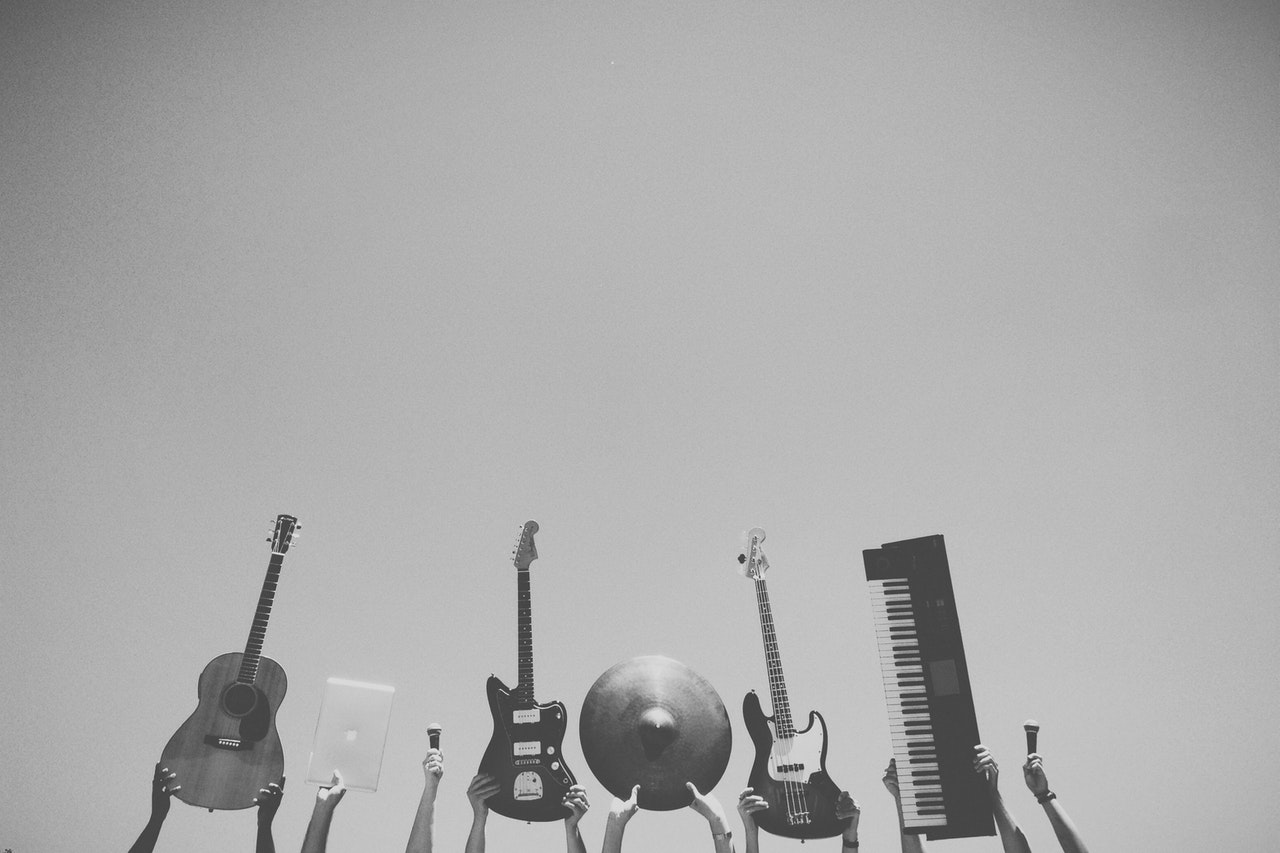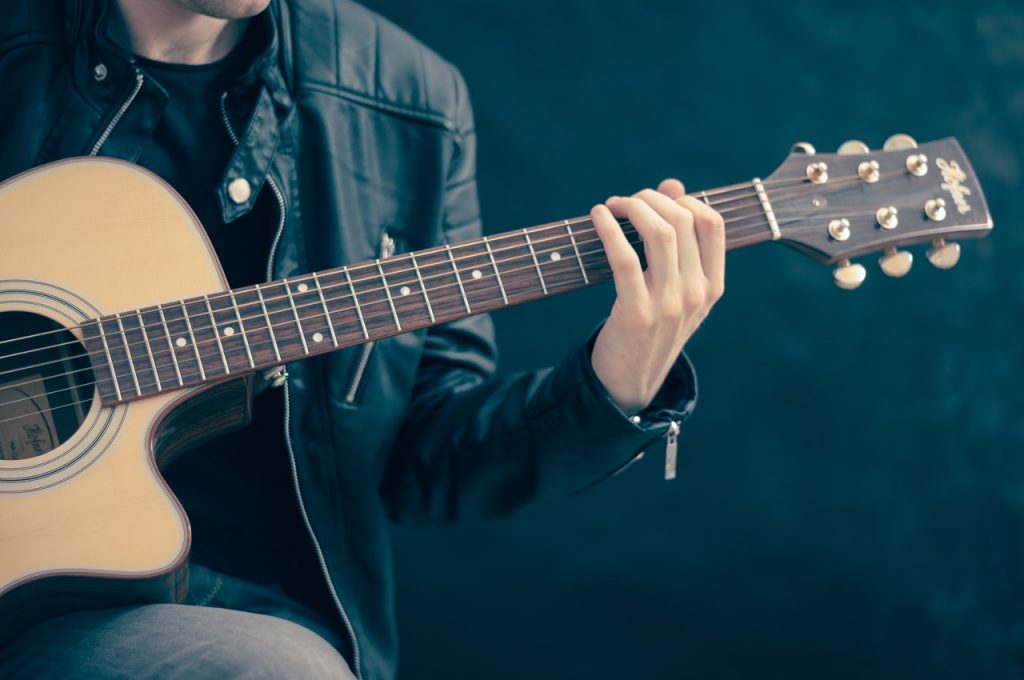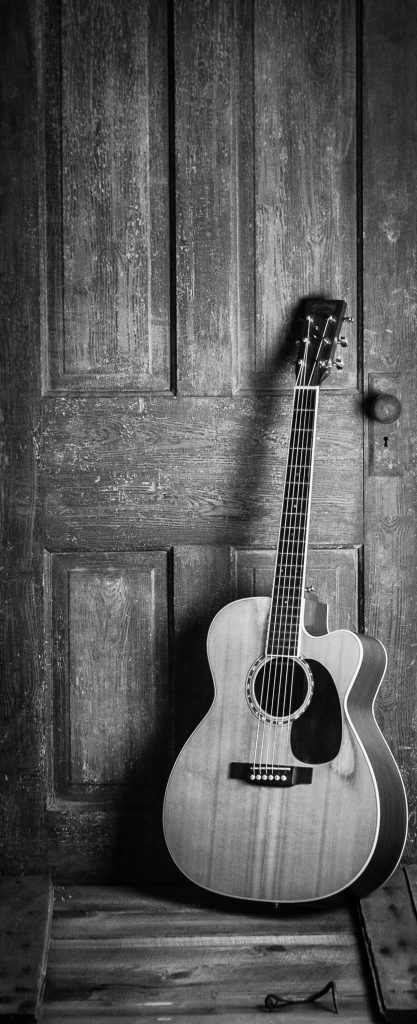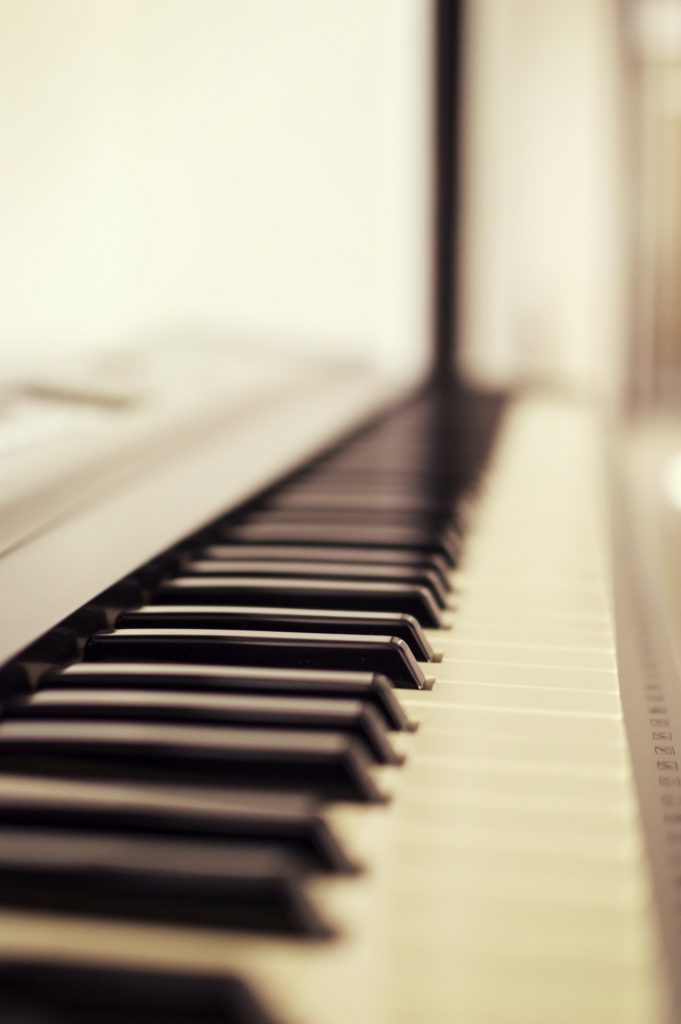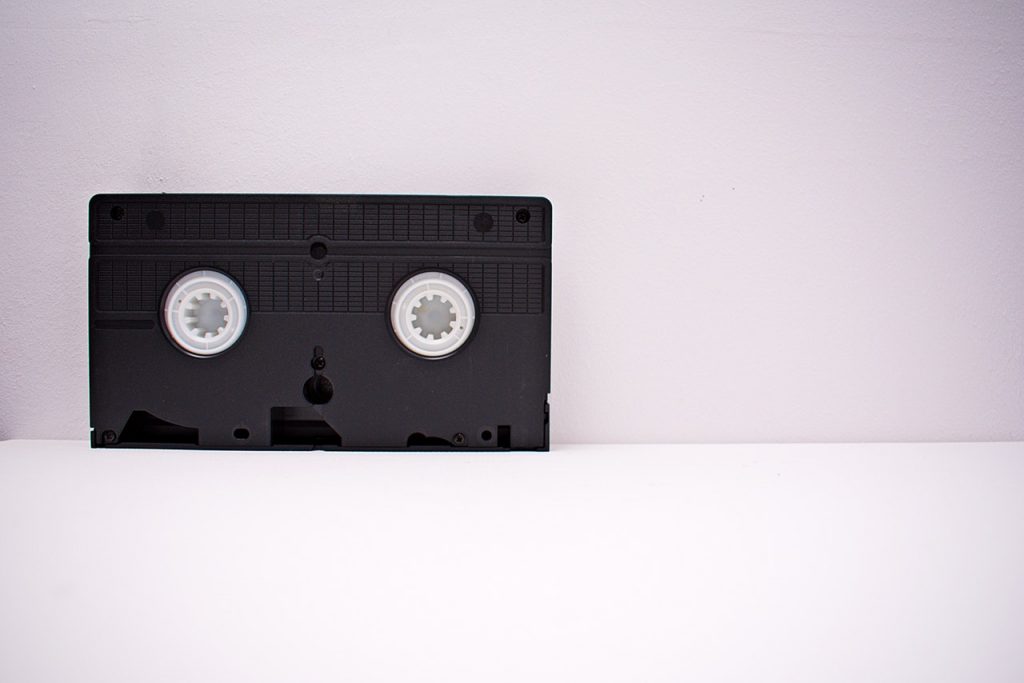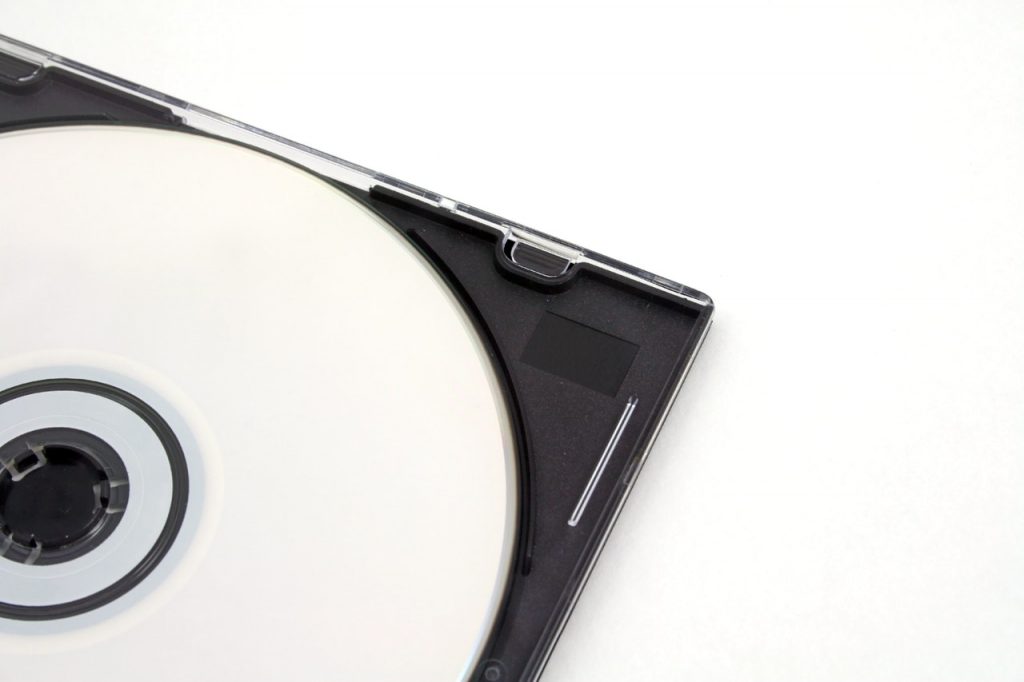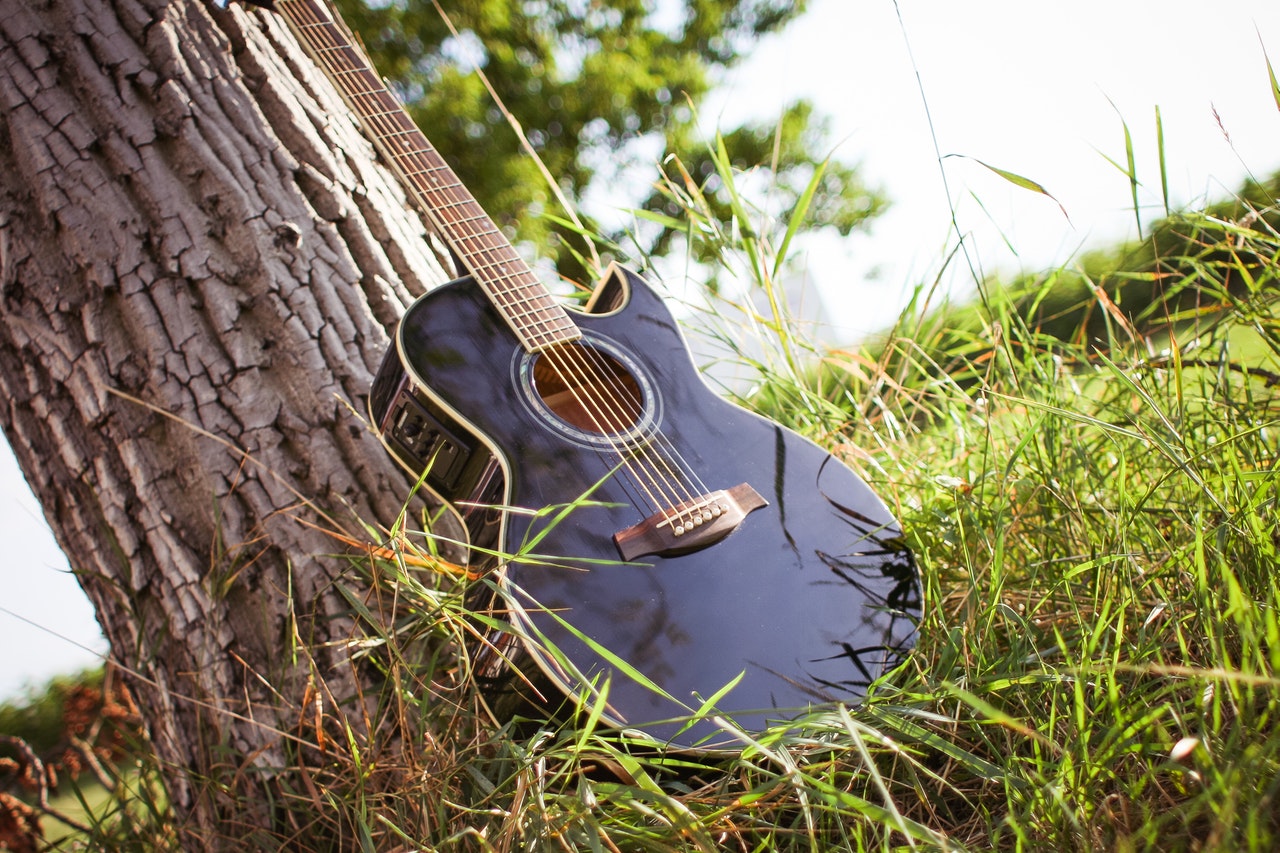Country music has a rich history that spans hundreds of years and heavily relies on guitar music. Deciding the appropriate guitar for this genre depends on a number of factors.
Fender Telecaster remains the go-to guitar for country songster songwriters today and was created by Leo Fender back in 1952. It remains one of the top choices amongst songwriters today.

Martin D-28
When it comes to guitars, there is no shortage of choices on the market. For country musicians specifically, however, an ideal instrument should fit with their style and personality perfectly – the easiest way to determine this is through playing several. Some guitars specifically tailored for country music players may help speed up this process considerably.
Are you searching for an acoustic guitar that will deliver classic country sounds? Look no further than the Martin D-28! This dreadnought-style instrument has long been considered the go-to standard among country guitarists, including Hank Williams Sr. The Martin D-28 boasts solid East Indian rosewood back and sides, Sitka spruce top, and mahogany neck for added durability and its balanced tonal response and excellent projection make it the ideal choice.
This instrument is an ideal option for beginner and intermediate country guitarists alike, while still meeting professional standards. Crafted with top-quality woods for durability and featuring multiple finishes to fit your unique aesthetic – you’re sure to find one that meets all of your musical needs at its affordable price point. Plus, with plenty of money leftover to add effects pedals for enhanced sound production!
Fender Stratocaster
The Fender Stratocaster (see price on Sweetwater or Amazon) is an ideal country guitar because of its versatile nature and ample tonal variation, easily plugging in with any amplifier and providing beginners with plenty of tonal variety at an extremely reasonable cost. Furthermore, its molded tremolo allows you to add expression into your playing.
The Gretsch Rancher Dreadnought Acoustic Guitar (available on Sweetwater and Guitar Center) is another fantastic country guitar option due to its amazing wood combination and fantastic price point. Crafted with koa wood for an inimitable sound that stands out in live environments; plus its deep cutaway allows easy access to higher frets.
Those seeking something with more of a vintage vibe should check out the Gibson ES-175. Its sound makes it ideal for playing country music and its beautiful wood tone provides excellent durability.
Although not as versatile, the Fender Telecaster remains one of the top choices for playing country music due to its many tonal variations and ability to plug into any amp. Plus, it’s highly affordable and customizable easily according to individual preferences!
Squier Affinity
If you want to play country music, a great guitar option for this genre is the Squier Affinity. Designed with a large, dreadnought body to provide sound and depth essential for country, its spruce top adds another level of authenticity while its maple neck allows easy playability while remaining comfortable to hold.
The Affinity is an ideal guitar for beginners and experienced guitarists alike. Featuring an acoustic humbucking pickup that provides clear and bright tones suited for country music, its molded tremolo bridge adds versatility that makes this model suitable for multiple styles of music.
The Squier Affinity features an ergonomic C-shaped neck designed for all playing styles, with 21 medium jumbo frets on its Indian laurel fingerboard for chording and lead runs. Furthermore, this guitar is very affordable, making it a fantastic option for learning country music.
Gibson J-45
The Gibson J-45 is an outstanding workhorse acoustic guitar, boasting an exceptionally balanced tone suitable for fingerpicking or strumming, equally adept with fingerpicking as with strumming. Equally responsive to gentle touches or harsh attacks, its tone rings true whether played standard tuning or altered tunings like DADGAD and open G. At high volumes it remains in tune without bleeding into other instruments; making this guitar perfect for recording sessions or performing small venues with full bands.
Lightnin’ Hopkins and Woody Guthrie both used guitars extensively as country musicians; more recently it has also become increasingly popular with artists like Kacey Musgraves and Jeff Tweedy as well. Guitar is also an ideal choice for blues and folk music genres.
The J-45 has undergone many design modifications over time, yet its timeless combination of mahogany with spruce top and round shoulders remain unchanged. Gibson made major improvements during their turbulent ’60s production run when they introduced a belly bridge and altered its X-bracing pattern for increased sustain. Unfortunately sales began dwindling by 1982 until they eventually dropped it from their lineup completely – only recently did Gibson bring back this model, though sales began growing again by 2016. They revived it again in 2016 – their current production model boasts richer golden lower register performances compared with any other production models I’ve played before!
